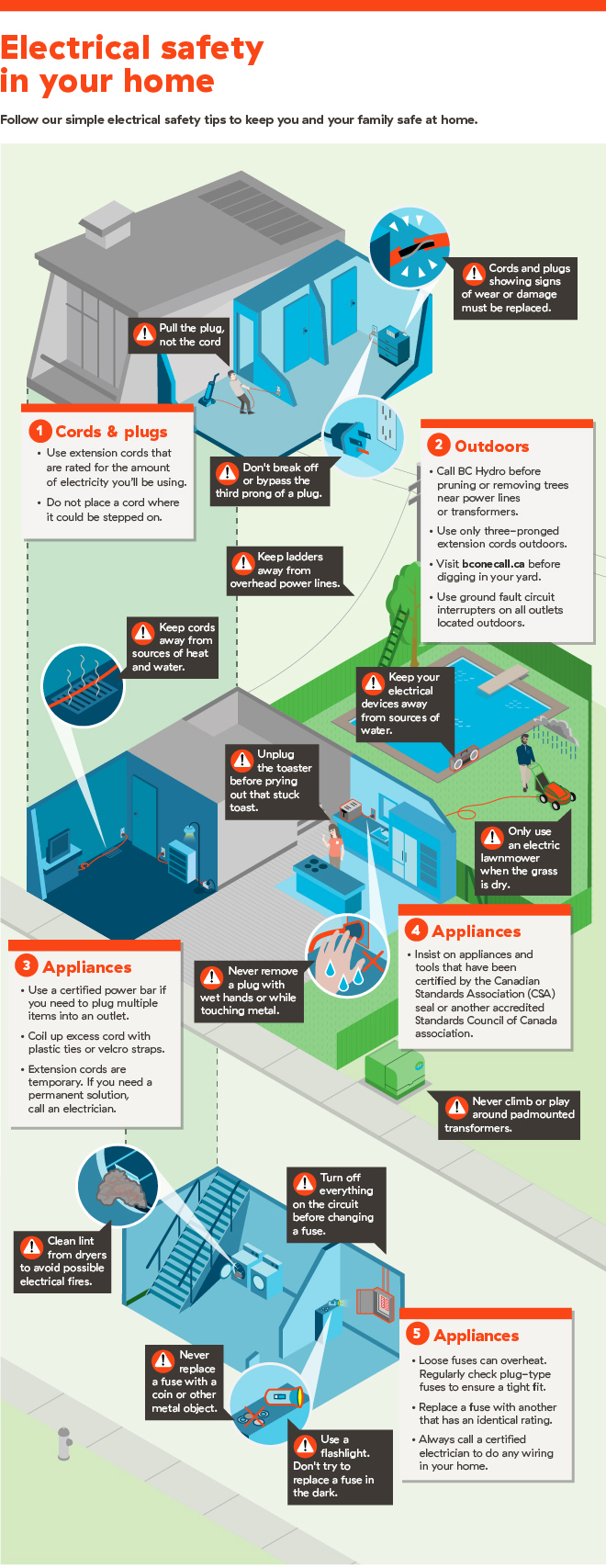Discover Techniques To Make Certain A Growing Environment In The Consequences Of Tree Removal
Discover Techniques To Make Certain A Growing Environment In The Consequences Of Tree Removal
Blog Article
Created By-
When it involves seasonal tree treatment, making sure proper administration before and after elimination can substantially influence the wellness and appearances of your landscape. By recognizing the essential steps involved in evaluating tree health and planning for elimination, you can proactively safeguard your property. But what concerning the essential methods to adhere to when the tree is gone? Keep tuned to find the crucial post-removal care measures that will assist you grow a thriving and sustainable environment for your trees.
Pre-Removal Tree Treatment
Before addressing the elimination of a tree, it's crucial to focus on pre-removal tree treatment. Begin by assessing the tree's health and structural integrity. Look for indicators of disease, parasite problems, or any architectural problems that may position a safety and security hazard throughout elimination. It's essential to speak with a qualified arborist to identify the very best strategy.
Pruning dead or diseased branches can stop more damage to the tree and ensure a smoother removal procedure.
Furthermore, think about the environmental influence of getting rid of the tree. Trees play an essential role in our environment, so planting a new tree in a suitable area can aid counter any loss. Guarantee that you have the essential authorizations and approvals for tree removal, especially if the tree is protected by neighborhood regulations.
Seasonal Maintenance Tips
Analyzing your tree's demands throughout the year is crucial for its health and long life. To keep your trees in top condition, adhere to these seasonal maintenance ideas.
In springtime, concentrate on pruning to remove dead or broken branches and motivate new development.
Summer calls for routine watering, particularly during droughts, to ensure your tree stays hydrated.
As autumn strategies, watch out for very early indicators of illness or anxiety, and think about using compost to secure the roots during winter months.
In wintertime, be cautious when eliminating snow from branches to prevent breakage, and remain to monitor your tree's overall health.
Bear in mind to adjust your care regular based on the particular needs of your tree types and local environment. By staying mindful and aggressive throughout the periods, you can help your trees thrive and grow for many years to come.
Post-Removal Tree Treatment
To guarantee the health of your landscape even after tree elimination, proper post-removal care is necessary. After a tree is removed, it's important to fill up the remaining hole with topsoil and portable it to prevent settling. This will help preserve the honesty of the ground and protect against prospective dangers in the future.
Consider planting new greenery in place of the eliminated tree to restore the balance and visual appeals of your landscape. Routinely water the area to promote the growth of brand-new plants and prevent dirt disintegration.
Inspect the surrounding trees for any type of signs of disease or stress that might have been triggered by the gotten rid of tree. Keep an eye out for parasites that could've been brought in to the previous tree and take safety nets to protect the staying vegetation.
If essential, consult with a specialist arborist to analyze the effect of the removal on the bordering trees and determine any extra care required. By https://tree-damage-to-houses95162.liberty-blog.com/31312967/tips-for-choosing-one-of-the-most-suitable-tree-removal-solution-for-your-situation to these post-removal treatment steps, you can make sure the continued wellness and charm of your landscape.
Conclusion
Finally, aggressive seasonal tree care is essential for maintaining the health and wellness and balance of your landscape. By assessing web link and wellness, trimming, and seeking advice from an arborist prior to elimination, you can make sure a risk-free process. After removal, filling up the hole, growing new vegetation, and regular watering will certainly promote brand-new growth and stop erosion. Remember to evaluate surrounding trees for disease and seek additional care procedures from an arborist to keep your landscape growing.
